The Connection Between Sunita Williams, Justice Loya, and Modi—Uncovered
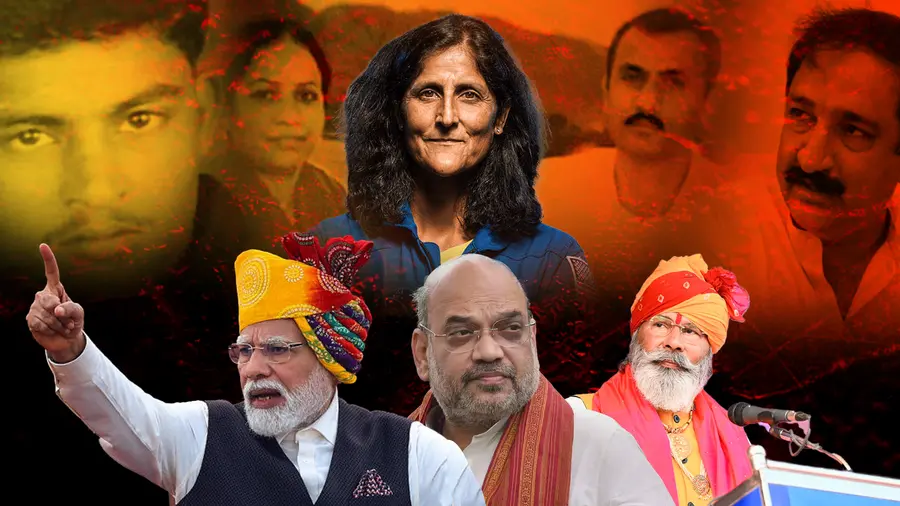

Anjali Ganga
Published on Mar 21, 2025, 02:25 PM | 6 min read
To many, Prime Minister Narendra Modi’s congratulatory message to Sunita Williams, hailing her as the “daughter of India,” may appear as a natural and commendable gesture. After all, her nine-month mission in space was a groundbreaking contribution to scientific advancement, achieved at great personal sacrifice. Her unwavering courage and determination undeniably deserve recognition. However, for those aware of the connection between Haren Pandya and Sunita Williams, Modi’s praise reeks of double standards, given the dark political undercurrents of the past.
The Double Standard: A Deep Dive
Haren Pandya, former Gujarat Home Minister and senior BJP leader, was assassinated on March 26, 2003, during his morning walk in Ahmedabad. His murder remains one of the most contentious cases in Indian politics, marred by allegations of political conspiracy and investigative lapses. The Central Bureau of Investigation (CBI) initially attributed the killing to Islamic militants, portraying it as retribution for the 2002 Gujarat riots. However, this narrative faced intense scrutiny. In 2007, a Gujarat trial court convicted 12 individuals, but in 2011, the Gujarat High Court overturned these convictions, calling the investigation "botched and misdirected." The Supreme Court later reinstated the convictions in 2019, dismissing calls for a fresh inquiry.
Tensions between Pandya and Modi intensified when Modi sought to contest from the Ellisbridge constituency for a secure entry into the Gujarat Legislative Assembly after being appointed Chief Minister in 2001. However, Pandya refused to relinquish the seat. Shortly afterward, the Godhra train incident occurred, sparking the Gujarat riots. Their rift widened further, as Pandya was reportedly prepared to publicly expose Modi’s alleged involvement in the 2002 riots. In the 2002 Gujarat Assembly elections, Pandya was denied a ticket while Modi sought re-election as Chief Minister. Instead, Amit Shah, a close confidant of Modi, was given the ticket and won from Pandya’s former stronghold. Not long after, Pandya was assassinated.
Adding to the intrigue, Pandya’s father, Vitthal Pandya, publicly accused Narendra Modi of orchestrating his son’s murder, citing political rivalry. Reports suggested that Haren Pandya had testified against Modi before the fact-finding panel led by Justice V R Krishna Iyer, further fueling suspicions about the motives behind his assassination. It was alleged that Pandya accused Modi of directing officials to allow a "Hindu backlash' following the Godhra train burning incident.
A Surprising Family Connection
To many people’s surprise, Haren Pandya was the cousin of astronaut Sunita Williams. Their fathers were siblings.
A 2007 article in The Telegraph, titled “Sunita Who? Modi Turns Blind Eye – Price of Haren Pandya Link,” highlighted Modi’s conspicuous silence regarding Sunita Williams’ achievements. While Gujarat erupted in celebrations over her record-setting spaceflight, Modi conspicuously refrained from acknowledging her success. Opposition leaders even moved a motion in the Gujarat Assembly to congratulate her, but it was met with deafening silence from Modi’s government. Fast forward 18 years, the very same Modi now showers Williams with praise, calling her the "daughter of India'—a stark contrast that reeks of political expediency. This belated recognition appears to be an attempt to salvage his image on the international stage. Despite Modi’s invitation to Sunita Williams to visit India, it remains highly unlikely that she will accept.
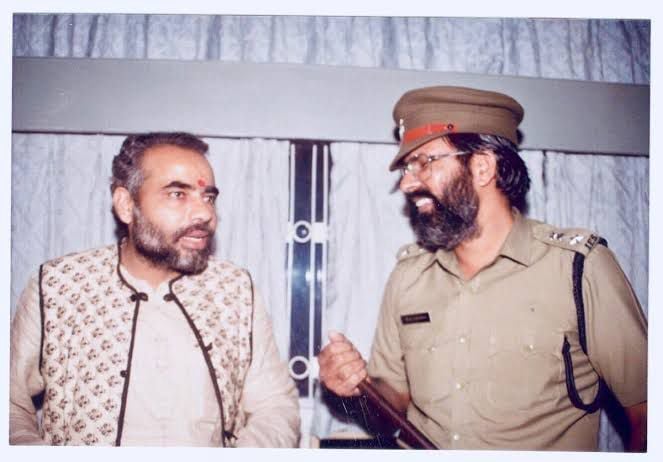 Narendra Modi with D G Vanzara
Narendra Modi with D G Vanzara
A Trail of Murders and Political Intrigue
Haren Pandya’s assassination was not an isolated incident—it was the first in a chilling sequence of deaths that sent shock waves through the BJP and the Indian political landscape. Independent journalists and critics often link Pandya’s murder to the encounter killings of Sohrabuddin Sheikh, his wife Kauser Bi, and his aide Tulsiram Prajapati. The mystery only deepened with the suspicious death of Justice B H Loya, who was presiding over the Sohrabuddin Sheikh case.
The Sohrabuddin Encounter
On November 22, 2005, Sohrabuddin Sheikh and his wife, Kausar Bi, were allegedly abducted by the Gujarat Anti-Terrorism Squad (ATS) from Hyderabad on accusations of terror links. Sheikh was killed in a staged encounter near Ahmedabad, while Kausar Bi was raped and subsequently burnt to death. The case gained prominence after a journalist exposed the encounter as fake. Following a petition by Sheikh’s brother in the Supreme Court, an investigation ensued, leading to the arrest of several high-ranking police officers, including IPS officers D G Vanzara, Rajkumar Pandian, and M N Dinesh.
In July 2010, Amit Shah, then Gujarat’s Home Minister, was arrested in connection with the case. It was widely believed that Shah had directly ordered Vanzara to eliminate Sheikh. However, due to a lack of concrete evidence, Shah was released on bail and later acquitted.
On December 6, 2006, Tulsiram Prajapati, a key witness in the Sohrabuddin case, was also killed in a staged encounter—allegedly to ensure his silence.
The Suspicious Death of Justice B H Loya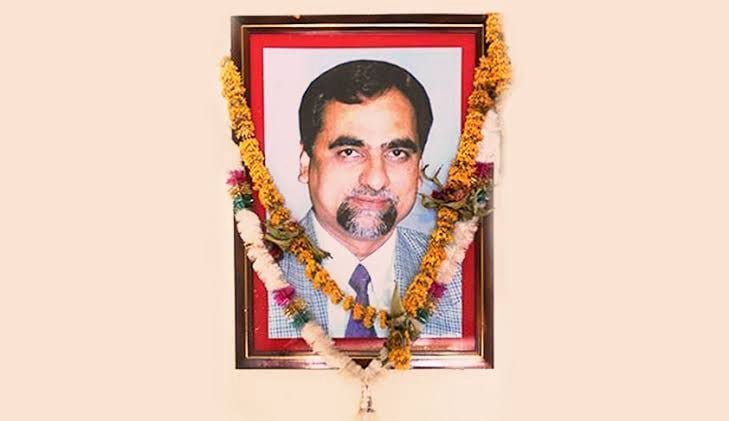
Justice B H Loya’s sudden demise on December 1, 2014, in Nagpur remains shrouded in mystery. At the time, he was presiding over the high-profile Sohrabuddin Sheikh case, in which Amit Shah was the prime accused. Loya, who was in excellent health, reportedly suffered a fatal heart attack while attending a colleague’s daughter’s wedding. However, his family strongly suspected foul play. His sister, Dr. Anuradha Biyani, noticed bloodstains on his face and the back of his neck—an anomaly for a natural cardiac arrest. Furthermore, conflicting accounts emerged about who informed the family of his death, adding to the suspicions. Justice Loya had reportedly been reluctant to attend the wedding but was pressured by colleagues. Strangely, none of these colleagues were present when his body was brought home. Several discrepancies in the timeline of events, including inconsistencies regarding the time of death and post-mortem examination, raised further doubts.
In January 2018, the Supreme Court agreed to hear petitions demanding an independent probe into Loya’s death. However, by April 2018, the Supreme Court dismissed these petitions, ruling that there was no evidence of foul play. The official cause of death was cited as cardiac arrest, but many remained unconvinced. Media reports and statements from Loya’s family pointed toward an orchestrated cover-up.
Modi’s belated praise for Sunita Williams stands in stark contrast to his past indifference—underscoring a glaring case of political opportunism. The larger web of political assassinations and mysterious deaths, from Haren Pandya to Justice Loya, paints a grim picture of systemic suppression of dissent.The stark contradictions in Modi’s actions—once ignoring Williams due to her familial ties to Pandya and now celebrating her achievements—exemplify the calculated nature of political narratives. Whether Williams will accept his invitation remains uncertain, but one thing is clear: history has a long memory, and no amount of political manoeuvring can erase the past.



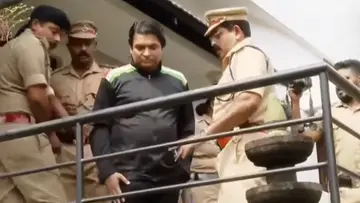
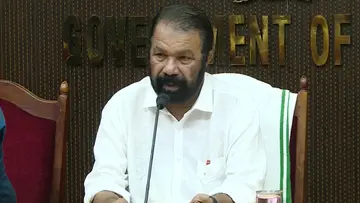
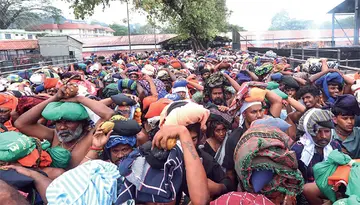

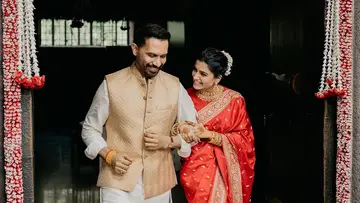
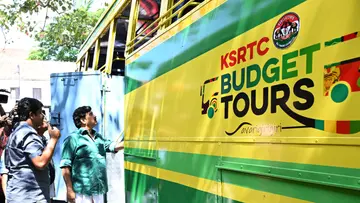

0 comments